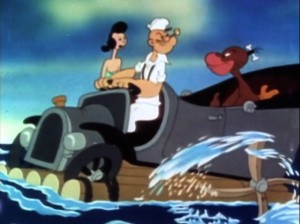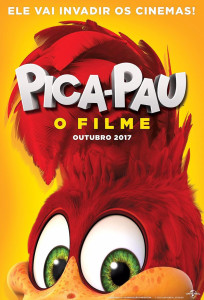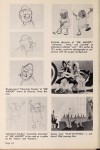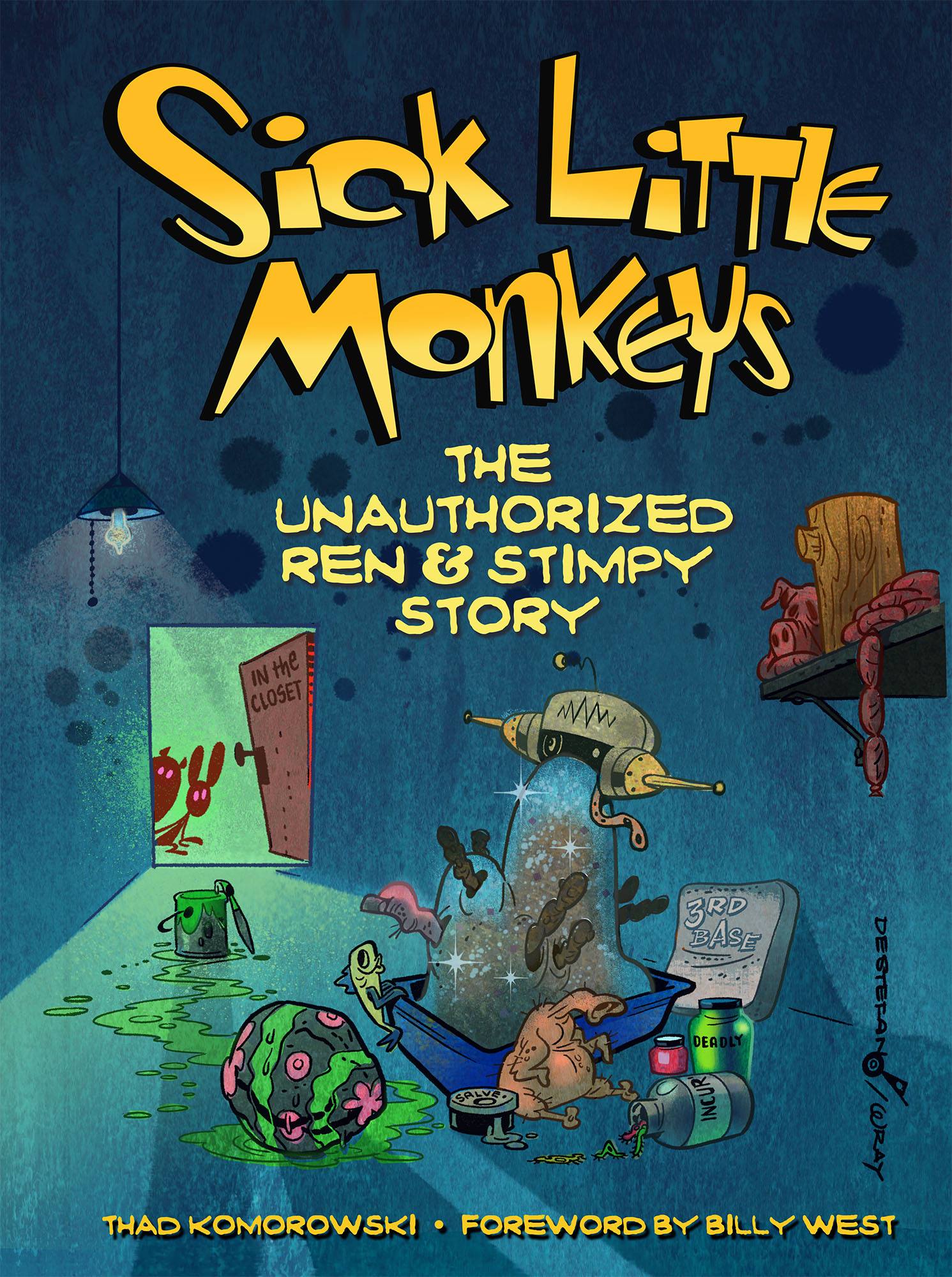When the streaming Boomerang service launched last year, I immediately subscribed because the idea of $40 a year for anywhere access to some 300+ classic uncensored Warner Bros. cartoons was one worth supporting. Unfortunately, the library of genuine classic cartoons didn’t increase with much frequency during those twelve months. The available Warner cartoons have remained largely the same, with hardly any from the pre-1948 library. The selection of Tom & Jerry cartoons was exhaustive, but limited to the “safe” cartoons (none with the maid); only a few random MGM Tex Avery cartoons (mostly with Droopy); not enough of the better Hanna-Barbera TV cartoons (they’re good background noise); Chuck Jones’ Horton Hears a Who! is presented in a bastardized widescreen version; and no Fleischer Popeye—which I guess is all to the good, lest they provide the horrendous colorized versions Ted Turner had done in the late ’80s.
I should hasten to say, though, that Boomerang certainly did provide more than enough content to justify a year’s subscription… 300+ uncut Warner cartoons is still nothing to sneeze at. Also worth noting is that the majority of the Warner cartoons that were presented in faux widescreen on DVD eight years ago are available in proper Academy ratio on the streaming app.
Alas, as my subscription is about to end, the folks at Boomerang decided to expand the selection of available color Famous Popeye cartoons to, well, just about the entire filmography. It’s quite shocking to see cartoons like The Island Fling (pictured below) and Popeye’s Pappy available completely uncensored with no historic context… so why no Pop-Pie Ala Mode?
 I enjoyed the opportunity to go through the series again, mostly because my opinion of it remains the same. The Famous Popeye cartoons are generally great through 1947 and remain watchable until 1950. If you’ve wanted the opportunity to revisit the dynamic, unmatchable animation of John Gentilella or see Jim Tyer birthing his iconic style, here’s your chance to do so with ease.
I enjoyed the opportunity to go through the series again, mostly because my opinion of it remains the same. The Famous Popeye cartoons are generally great through 1947 and remain watchable until 1950. If you’ve wanted the opportunity to revisit the dynamic, unmatchable animation of John Gentilella or see Jim Tyer birthing his iconic style, here’s your chance to do so with ease.
The remaining years, however, are all darkness—the Famous writers and directors showed remarkable skill at taking unfailingly likable Fleischer cartoons and turning them into taxing, ugly experiences. (The aforementioned Popeye’s Pappy is a remake of the immortal Goonland, and it makes the case succinctly enough through some pretty vile racial humor.)
What’s very clear from this rewatching is how badly these cartoons are in need of restoration. Most of the transfers used by Boomerang date back to the late ’80s, sourced from 35mm positive elements that had already faded salmon pink. I’ve seen what the cartoons are supposed to look like in Technicolor, mostly thanks to Steve Stanchfield and Mark Kausler. Once you see them with their full candy-like colors, you’ll understand why the series lasted so long even when it got so bad—Famous color styling was just invigorating when projected on a large screen. While it’s better to have some copy than no copy, and I certainly don’t fault Boomerang for using what was available (especially since they go out of their way to use the restored versions of other Warner and MGM cartoons), it still does a disservice when the color plays such a vital role in the filmmaking, especially in a good cartoon like W’ere on Our Way to Rio. Hopefully the restoration that’s been promised these cartoons for over a decade is just around the corner.

 The oddest feature on the DVD of Woody Woodpecker, the newest live-action/CGI animation hybrid based on a classic cartoon character, is a hidden bonus feature: Niagara Fools, one of the better ’50s Woody Woodpecker cartoons, looking nicer here than it did on the 2008 Woody Woodpecker & Friends Classic Cartoon Collection Vol. 2. And it’s hidden well—no mention of it anywhere and no chapter stop—so I’m at a loss for its inexplicable inclusion. I say “better” because as most cartoon fans know, cartoons in the theatrical era didn’t get much worse than when the credits read “Directed by Paul J. Smith.” He presided over the last two decades of the Walter Lantz studio’s output and while there were occasional bright spots in the first few years, like Niagara Fools, Smith was an auteur of inept cartoon comedy and crude drawing and animation.
The oddest feature on the DVD of Woody Woodpecker, the newest live-action/CGI animation hybrid based on a classic cartoon character, is a hidden bonus feature: Niagara Fools, one of the better ’50s Woody Woodpecker cartoons, looking nicer here than it did on the 2008 Woody Woodpecker & Friends Classic Cartoon Collection Vol. 2. And it’s hidden well—no mention of it anywhere and no chapter stop—so I’m at a loss for its inexplicable inclusion. I say “better” because as most cartoon fans know, cartoons in the theatrical era didn’t get much worse than when the credits read “Directed by Paul J. Smith.” He presided over the last two decades of the Walter Lantz studio’s output and while there were occasional bright spots in the first few years, like Niagara Fools, Smith was an auteur of inept cartoon comedy and crude drawing and animation.








